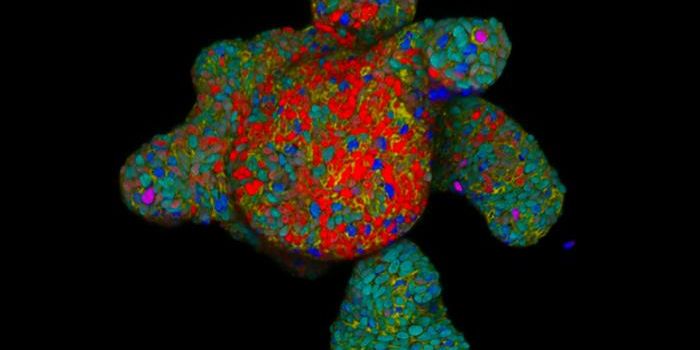One Gene Can Have a Major Impact on Strep Infection Severity
Group A streptococci are one of the most common pathogens that humans are exposed to, and they can cause infections with a wide range of severities, from mild rashes and sore throats to flesh-eating and systemic infections that can be fatal. The number of these infections is also on the rise, although the reasons are unclear. Now researchers have learned more about why these pathogens can be mild in some people, and hit others hard. The findings have been reported in Nature Communications.
Scientists suspected that some interaction between a person's genetics and the bacterial pathogen could be leading to such varied outcomes, said study co-author Fredric Carlsson, a researcher at Lund University.
This work showed that variations in a human immune gene called STING and a bacterial enzyme produced by group A strep does indeed affect the severity of infection. People with one STING variant were found to have a 20 percent risk of a limb amputation after a serious infection by the worst group A strep variant, while those with another STING variant only had a three percent risk under the same conditions. The likelihood of septic shock from a group A strep infection was also found to depend on STING variants.
The researchers determined that certain STING variants lead to a disrupted immune response that causes dangerous inflammation. Another influence is the type of group A strep, and whether the pathogen produces a certain type of NADase enzyme, which causes a more aggressive infection, Carlsson explained. However, there is also a STING variant that leads to a normal immune response, and during an infection with a bacterial strain with a less active NADase enzyme, the infection is less serious.
Additional work showed that the STING variant leading to worse outcomes probably arose in humans about 35,000 years ago, and moved around the world with its carriers. That also means that the risky STING variant has become more common in some areas compared to others.
Sources: Lund University, Nature Communications









